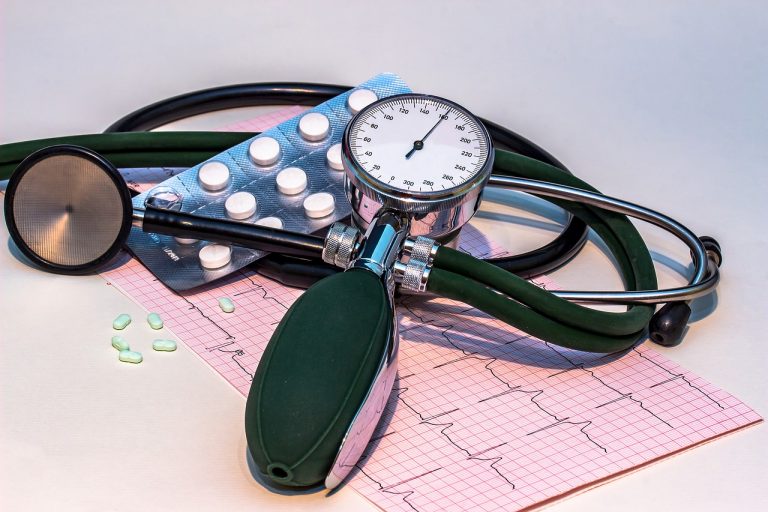Many people think that cardiovascular disease occurs only in the elderly. In recent years, however, reports of heart attacks, strokes, or sudden death in middle-aged or young people suggest that a broader range of the population is now at risk from atherosclerosis.
Dirty pipes
We frequently compare blood vessels to water pipes. Dirt can accumulate in the pipes, impeding the flow of water. With long-term buildup, the pipes can become hardened and lose their flexibility. In a similar way, plaques can form when the lining of the blood vessels becomes damaged. This leads to hardening and narrowing of the arteries, otherwise known as atherosclerosis. As the blockage grows, it cuts off more of the blood supply, leading to pain, typically in the chest or legs. The blockages can also rupture, which leads to clot formation. When one of these clots breaks loose it can result in a heart attack or stroke.

High blood pressure, diabetes, and high cholesterol can lead to atherosclerosis. (Image: via Pixabay)
What causes atherosclerosis?
High blood pressure, diabetes, and high cholesterol can lead to atherosclerosis, but other risk factors include obesity, smoking, excess alcohol intake, endocrine disorders, stress, an unhealthy diet, inadequate exercise, and aging.
Lifestyle changes
Those who have been diagnosed with atherosclerosis are advised to adjust their daily diet by cutting out animal fat and saturated fat, increasing vitamin C intake, and adding fiber to their diet in the form of fruits and vegetables.
Adequate exercise is also important. It is recommended to exercise 4-6 times per week for at least 30 minutes at a time. Walking, bicycling, swimming, doing push-ups, or lifting weights are all beneficial choices.
Medical or surgical intervention may be needed as well, so it is important to follow up with regular visits to a physician.
5 foods that can help prevent atherosclerosis
1. Eggplant
Eggplant is rich in niacin, which can increase the flexibility of the blood vessels. Niacin can also lower blood cholesterol.
2. Onions
Onions contain prostaglandin A (PGA), which can dilate blood vessels, reduce the viscosity of blood, and lower blood pressure. They also contain sulfur compounds that can help dissolve blood clots and decrease blood lipid levels.

Onions contain prostaglandin A (PGA), which can dilate blood vessels, reduce the viscosity of blood, and lower blood pressure. (Image: via Pixabay)
3. Garlic
Garlic contains allicin, which can reduce blood cholesterol.
4. Apples
Apples are rich in polysaccharides, flavonoids, potassium, vitamins C and E, and fiber, which all have beneficial effects in reducing blood lipid levels and possibly reversing atherosclerosis.

Apples are rich in polysaccharides, flavonoids, potassium, vitamins C and E, and fiber, all of which have beneficial effects in reducing blood lipid levels and possibly reversing atherosclerosis. (Image: via Pixabay)
5. White radish
Recent studies show that white radish can lower blood lipids, increase the flexibility of blood vessels, and stabilize blood pressure.
Make this salad of white radish flavored with rice vinegar for a tasty way to eat more of this vegetable.
Slice some raw white radish into small pieces. Mix with a small amount of salt and pepper and soak in rice vinegar for 4 hours. Eat with sesame oil twice daily as an appetizer.
Follow us on Twitter, Facebook, or Pinterest

